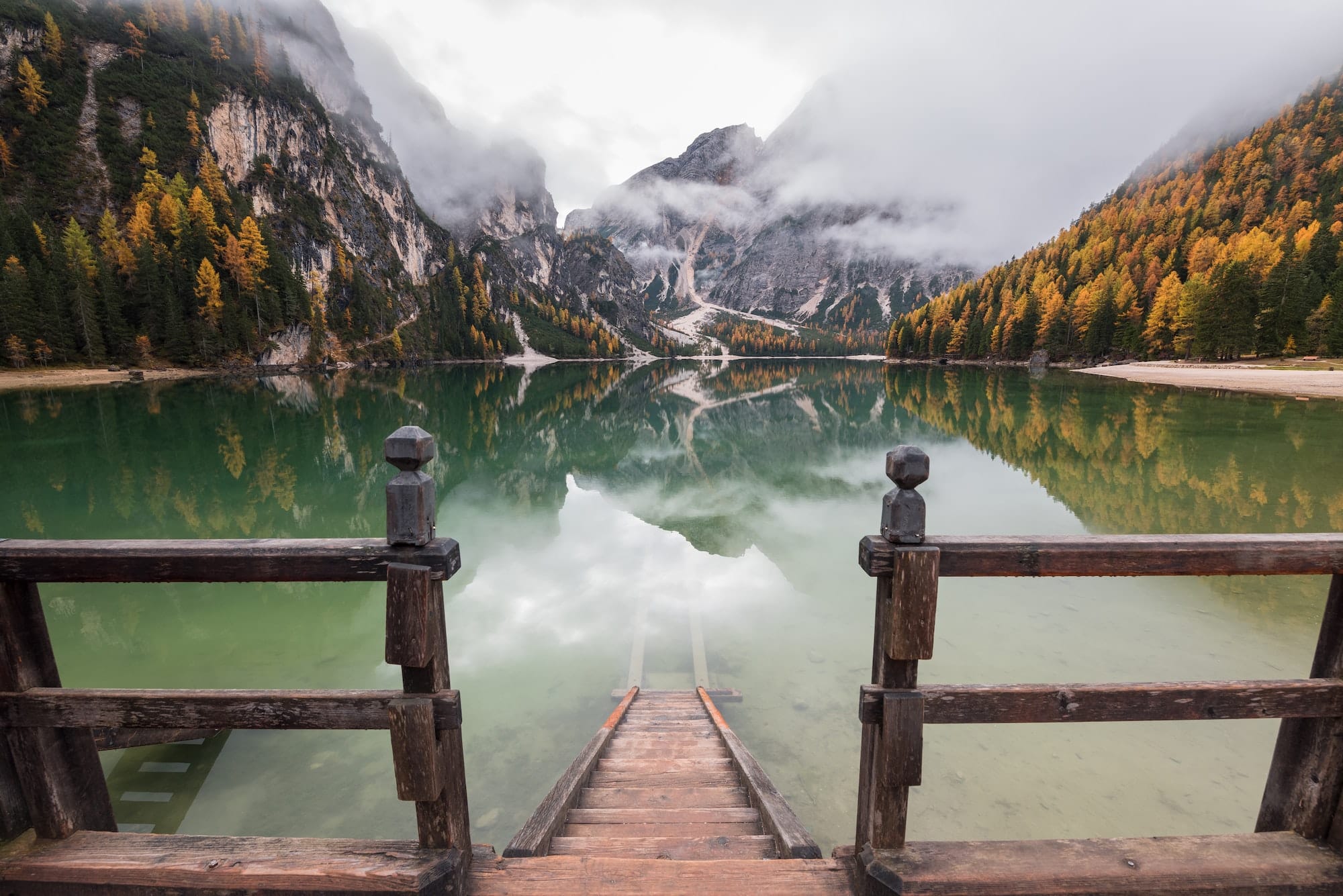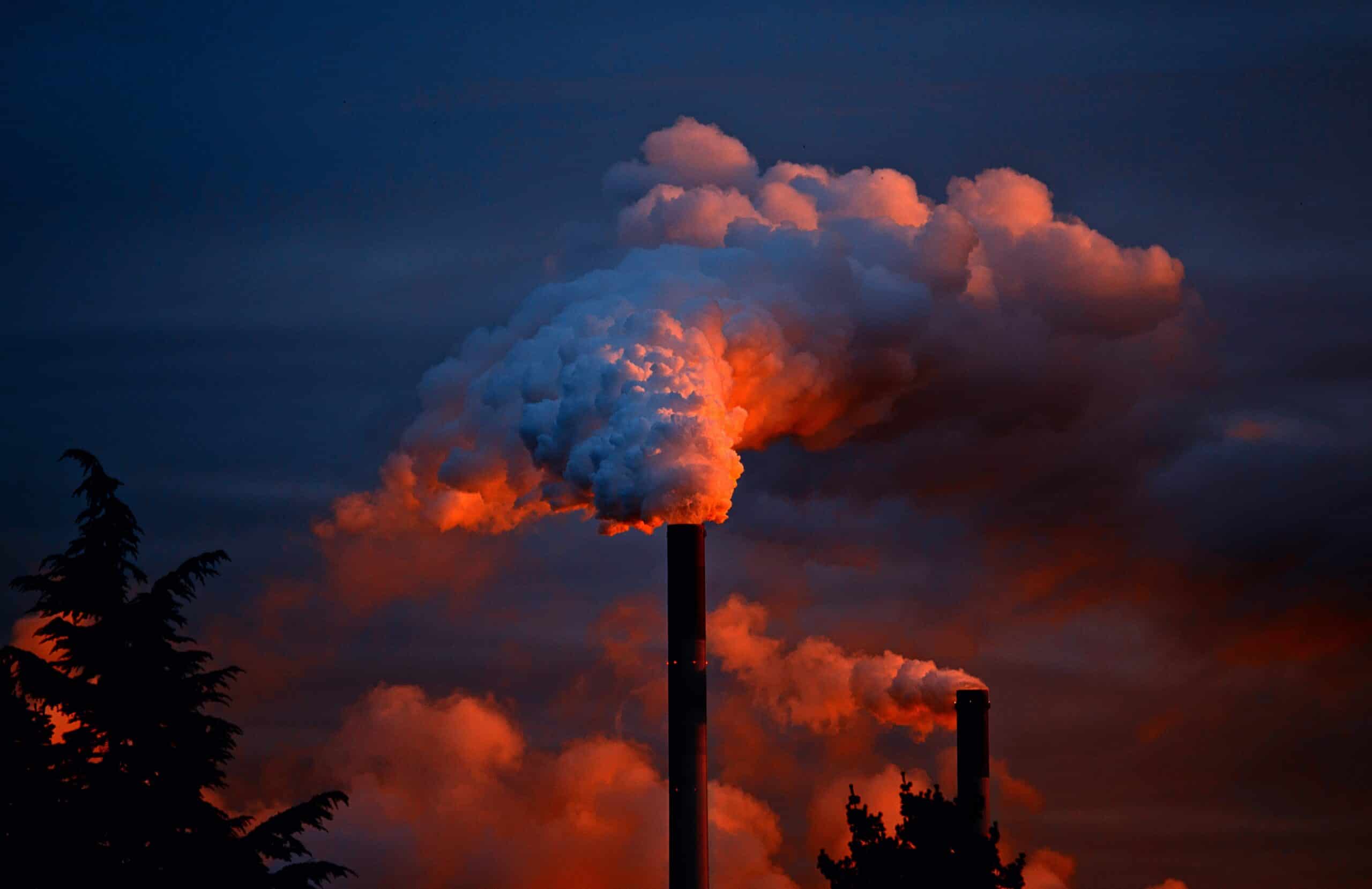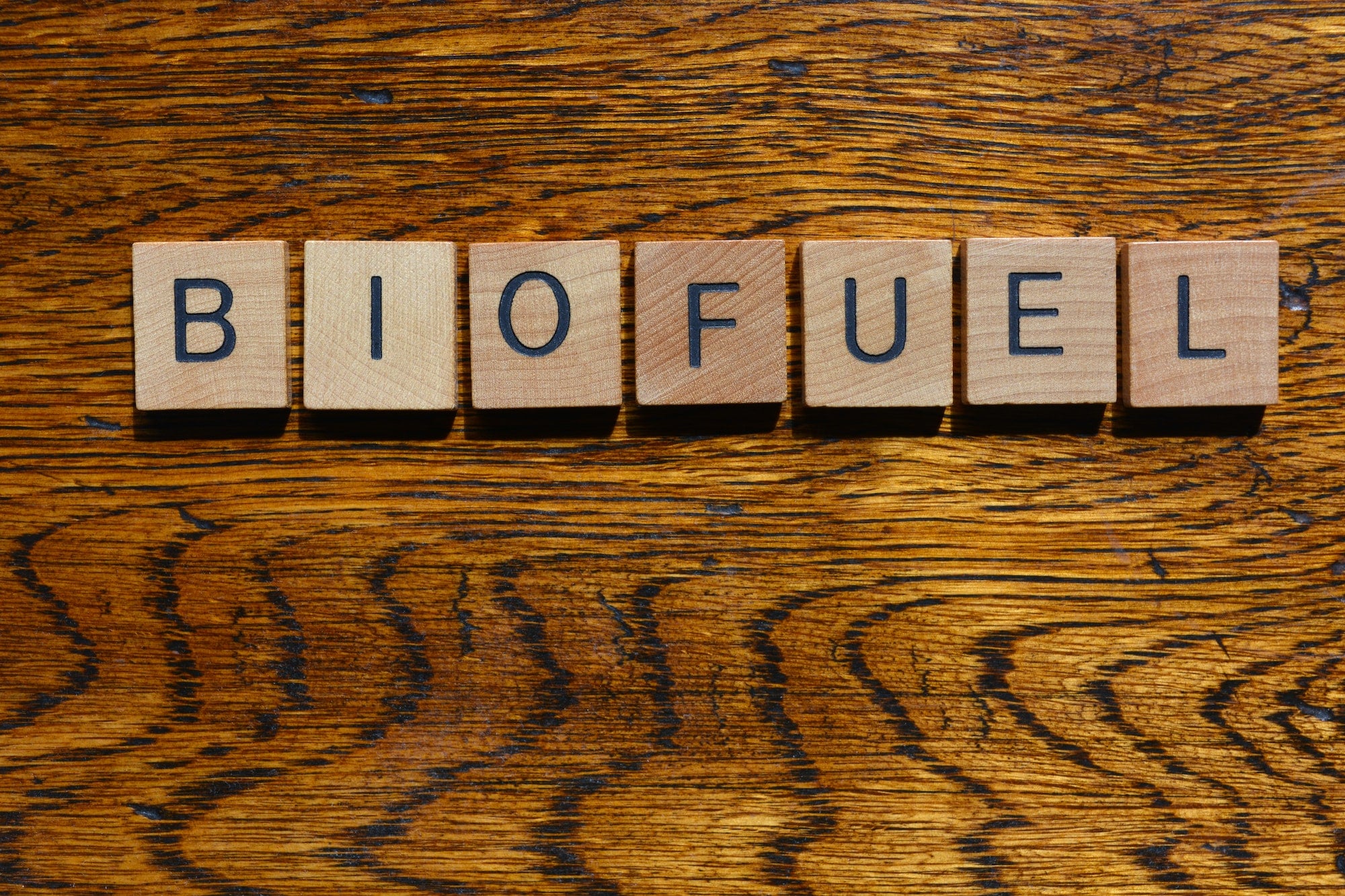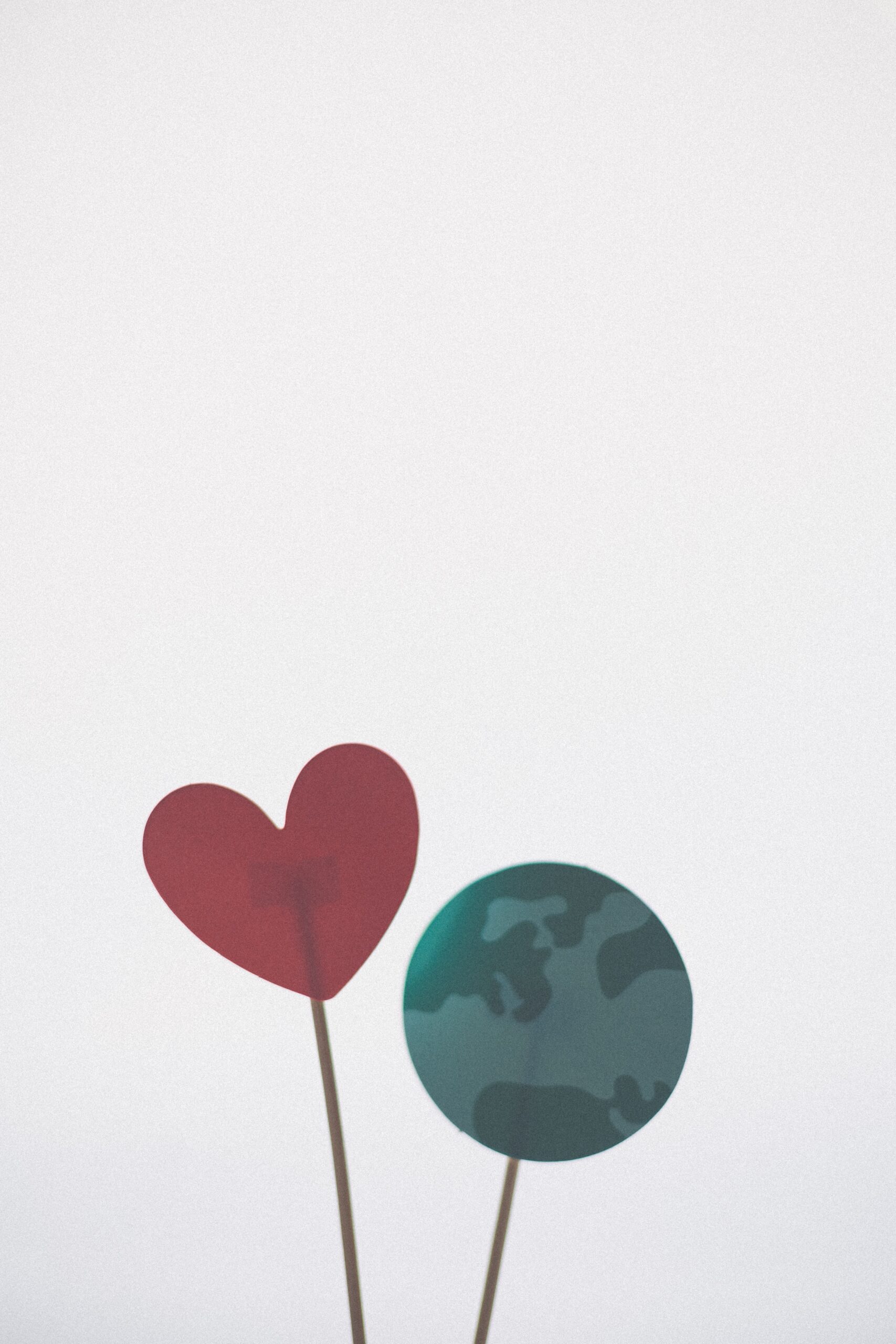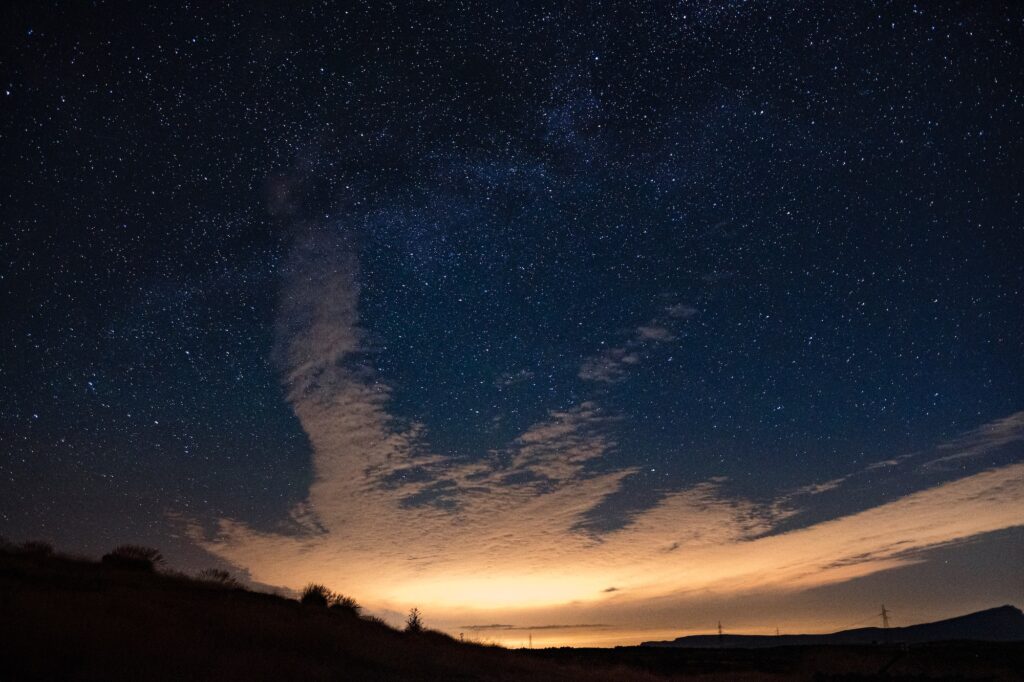
Scientists and astronomers are experiencing issues with the night sky, as light pollution has completely changed the atmosphere.
200 years ago, when humans stepped outside their homes at night, they were met with a darkness so rich, nothing could be seen. The sounds of wolves howling at the moon echoed in the distance, fireflies floated happily around, not even spreading a wink of light in the vast natural darkness. Frogs croaked out to their mates, birds took flight and migrated by light of stars and moon, sea turtles navigated a safe place to hatch their eggs by that same glow. Inside their home, sleep would slowly set in, as the sky got darker and the sun disappeared. Melatonin would be released in the brain, and the kerosine lamps would be blown out, and the room would be illuminated once again when the sun arose the next day. In the year 2022, stepping outside your home at night means being greeted by light at night (LAN), skyglow, and the destruction of biodiversity through light pollution.
Light pollution is the artificial illumination of the night sky that limits star visibility and celestial objects. When discussing light pollution, one might think of big cities such as Chicago, or New York, where the lights never fade even as the daylight does, but light pollution affects almost every inch of the United States, even in areas where it seems like it does not.
In 2016, “The World Atlas of Sky Brightness was launched,” which shows the sky brightness around the world. On the map, which can be viewed online, regions that light up as pink are the most polluted areas, whereas gray areas have less light pollution and sky glow. Sky glow refers to light pollution that is given off from vehicle headlights, streetlamps, buildings, emergency lights, and residential lights. In urban areas, sky glow is much smaller than that of those who live in cities.
More than 80% of the world’s population lives under sky glow, and 99% of Europe and America are affected the most. For some, this may not be a big deal, but for astronomers, light pollution and sky glow alter their view of celestial objects, which poses huge problems for their research and studies of our atmosphere.
When trying to view the atmosphere and far off celestial objects, telescopes will have difficulty piercing through light pollution to see the objects. Although there are objects such as planets and the moon where a telescope is still able to see through the light pollution. In some cases, astronomers must move to areas with low light pollution and low skyglow in order to view the sky.
Astronomers use “The Bortle Scale,” to measure the amount of skyglow and light pollution. Astronomer John E. Bortle created the “Bortle Dark-sky scale” to show the amount of true darkness, or light pollution as it impacts the sky. The scale measures our ability to see celestial objects while fighting against skyglow for natural darkness. The scale measures in class from one to nine, with one being the darkest, and best celestial viewing sky, or in other words, the most natural darkness. Moving to a less polluted area, and using the best equipment is the most successful way astronomers can study the night sky, which humans have so carelessly ruined in the last 200 years.

